Analysts are predicting the Federal Reserve will turn dovish, but timelines for this remain unclear. The Bitcoin Magazine Pro team shares their thoughts.
This is a transcribed excerpt of the “Bitcoin Magazine Podcast,” hosted by P and Q. In this episode, they are joined by the Bitcoin Magazine Pro team to talk about the Federal Reserve’s policy decisions.
Watch This Episode On YouTube Or Rumble
Listen To The Episode Here:
Dylan Leclair: Obviously everybody's favorite question and no one has the answer is, “When Pivot?" Luke Groman was saying August [2022], which I think is — I really respect the hell out of Luke and his opinions on things — but I think that's a little bit early. That's aggressive; that's very aggressive.
I think the train's coming off the tracks really fast here. Sam [Rule] and I are joking. We send each other economic charts every day and we've yet to send, to see one good looking chart over the last month with all of this deterioration of data and public sentiment.
What are your thoughts on the rest of 2022 and maybe 2023?
TXMC: That liquidation of government debt paper. It's really interesting because it does outline the playbook, which allows inflation to run hot. Suppress yields so that they're below inflation and, over time, the debt just kind of dissolves away.
But the problem that they [the Federal Reserve] have run into now, which you alluded to Dylan, is the inflation has gotten too high. Right? It can't sit at 8%, 9% year over year and part of the reason it's so high is because things are out of the control of the Fed at this point: supply chain constraints, China's zero-COVID policy and Russia invading Ukraine. All of those have exacerbated. What really started in 2020, obviously fiscal stimulus created a lot of demand, and then after we reopened the economy, that didn't help either. Inflation has gotten far out of control for them, so I think that the playbook of, “Oh, let's just let it run a little steamy,” as Janet Yellen has even said in the past. We were open to the idea before she was Treasury Secretary.
I think back when she ran the Fed, she said something to the extent of: It's even okay for us to let inflation run above target for a period of time. As long as the economy seems like it's doing OK. You would think maybe they're doing that to a degree here. Maybe they don't want inflation to just all of a sudden vanish back down to 1% because it is helping whittle away the debt, like you mentioned.
If you look at it by quarter, it does go up to 136, but my chart was an annual average. You can see it goes up to about 130 or so, and it's come down to about 124, 120 (5% debt-to-GDP). So it has worked to an extent. But because it's so high and because there are some serious structural issues in the economy that might make high costs remain stubborn, it's driving a lot of social unrest, just simmering under the surface. It's flat out revolt in certain countries, but here in the United States, it's still just brewing under the surface. It's obviously the number one topic for voters in a midterm election year. You and Sam are like looking at all this data and it just keeps getting worse and worse and you're absolutely right.
It feels like in some ways that they're just trying to keep the wheels on the bus until we get through the election. Because then afterwards, they can all kind of relax and we can just kind of let the economy deteriorate because they don't want to have to talk about stimulating the economy or helping cover costs for working class citizens who lose their jobs because they’ve caused so much economic stress before we even get to the election.
They're in a really tough position here. There are a lot of signs that maybe inflation kind of sticks around. It may not come down, back down to 2% or 2.5% anytime soon. Maybe it stays elevated at 4%, 5% or 6% or worse.
If that's the case, what does it look like when the Fed does have to flip dovish in that environment? When people are forced to spend considerably more on non-discretionary things than they did in the past: shelter and food and gas to drive to their jobs. What does that look like for the economy?
If they can't spend freely and drive expansion and speculate and do all the things that really produce an exciting bull market for market participants, how do we create? In an environment with stubbornly high costs for things that people must pay, I don't know that we have a good answer for that.
There's certainly not a recent model for that exact environment and definitely not in the quantitative easing era and every time in the past. When is the Fed going to pivot? When they pivoted in 2020, which produced that hilarious, absurd, straight-up market for so long, CPI was at 1.5% and the market fell 35% in a single day.
So the environment was quite different. It was much more panicky. The future was even less certain than it is now and inflation was considerably lower, but that’s not where we are now. I think that none of the outcomes available to them are particularly attractive at this point.
Check out the whole episode to hear the rest of the conversation!

You can get bonuses upto $100 FREE BONUS when you:
💰 Install these recommended apps:
💲 SocialGood - 100% Crypto Back on Everyday Shopping
💲 xPortal - The DeFi For The Next Billion
💲 CryptoTab Browser - Lightweight, fast, and ready to mine!
💰 Register on these recommended exchanges:
🟡 Binance🟡 Bitfinex🟡 Bitmart🟡 Bittrex🟡 Bitget
🟡 CoinEx🟡 Crypto.com🟡 Gate.io🟡 Huobi🟡 Kucoin.

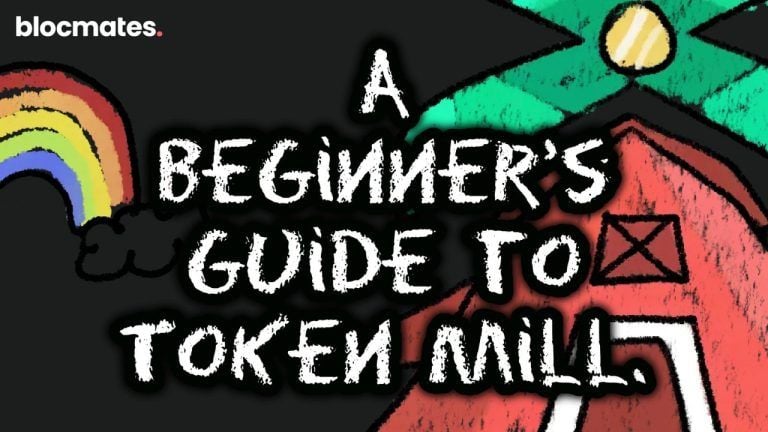


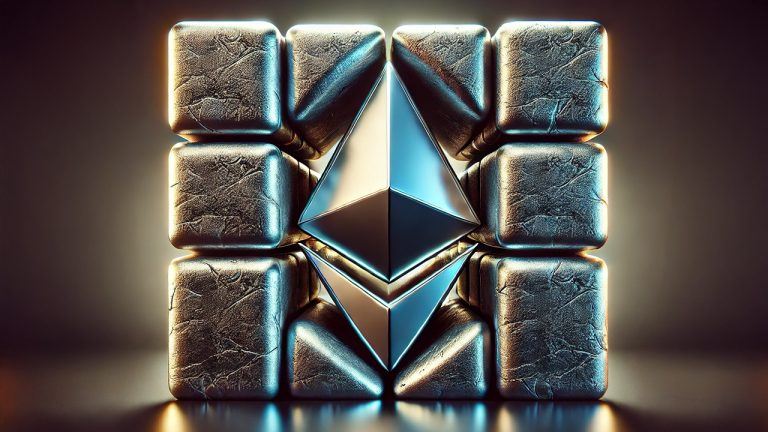
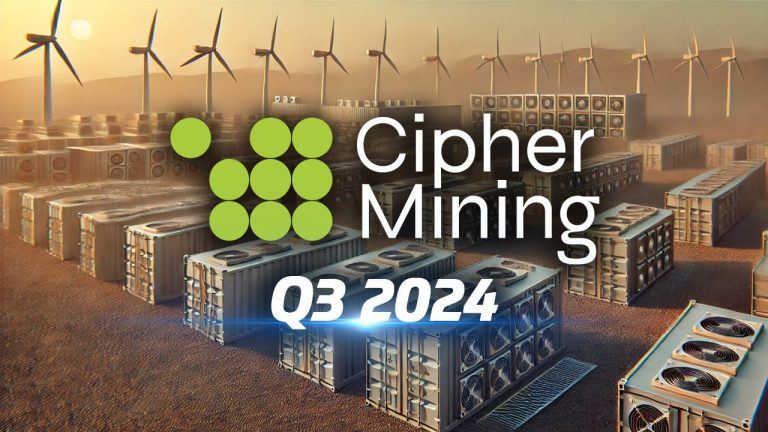
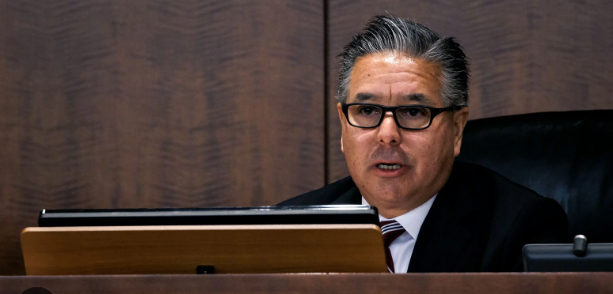

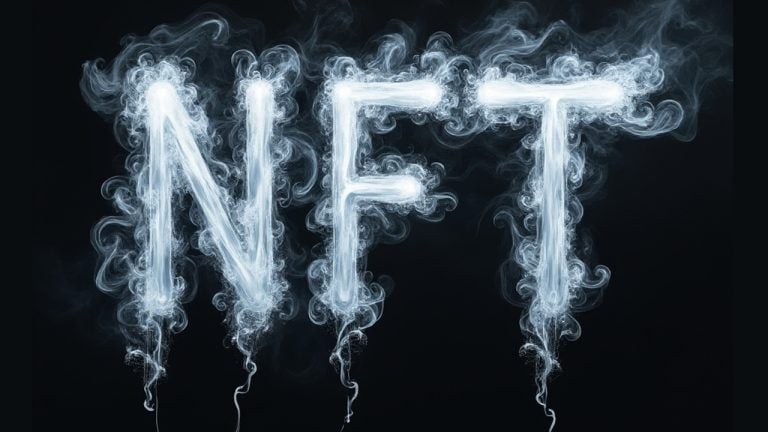
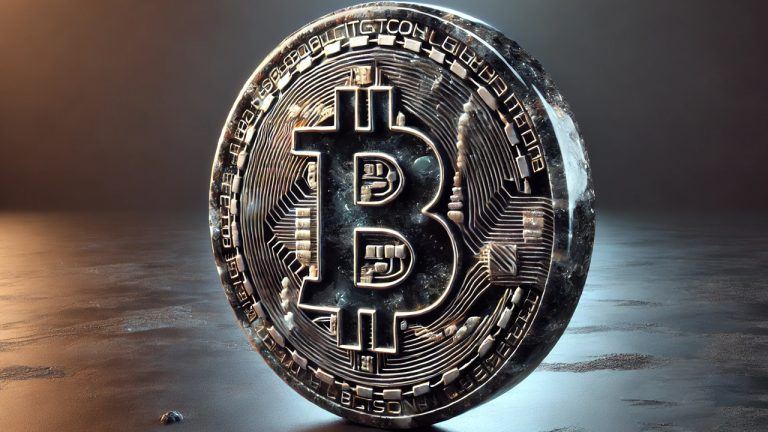

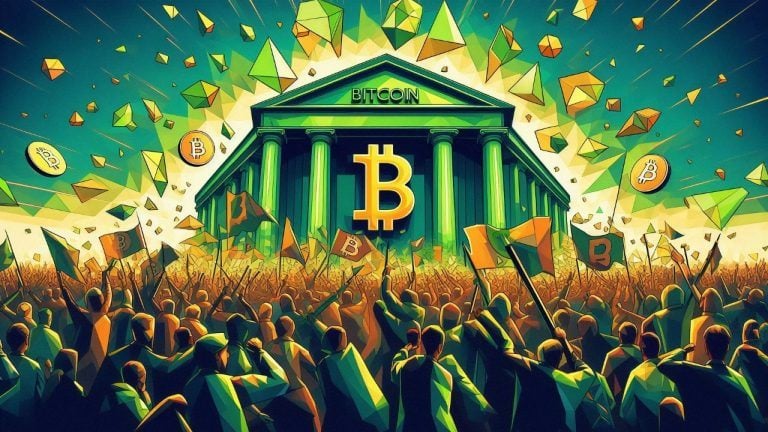
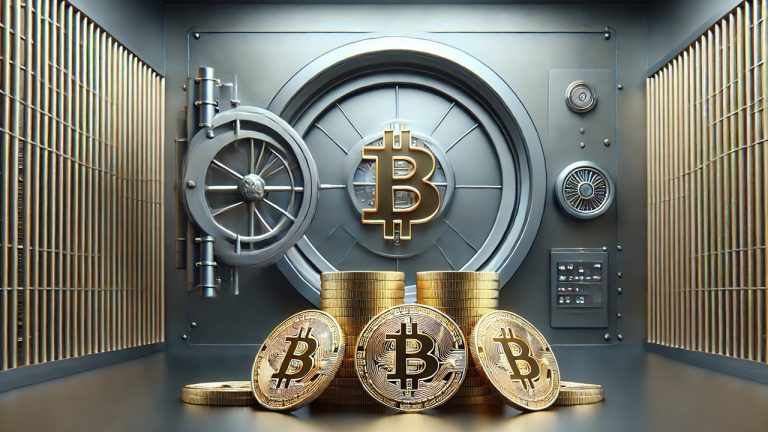
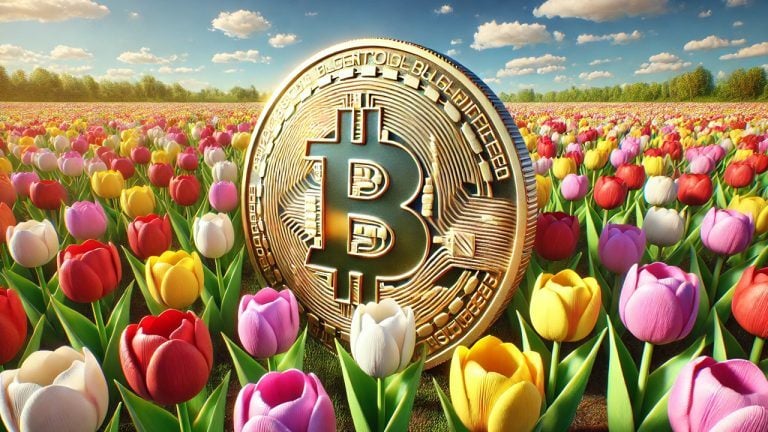
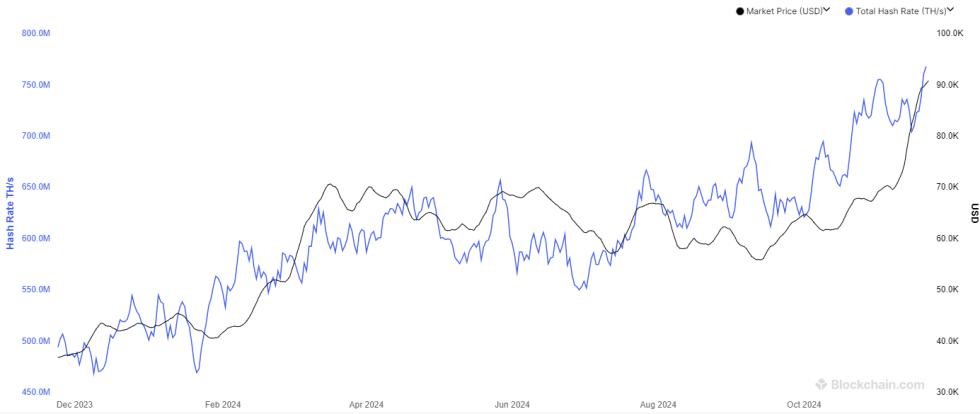


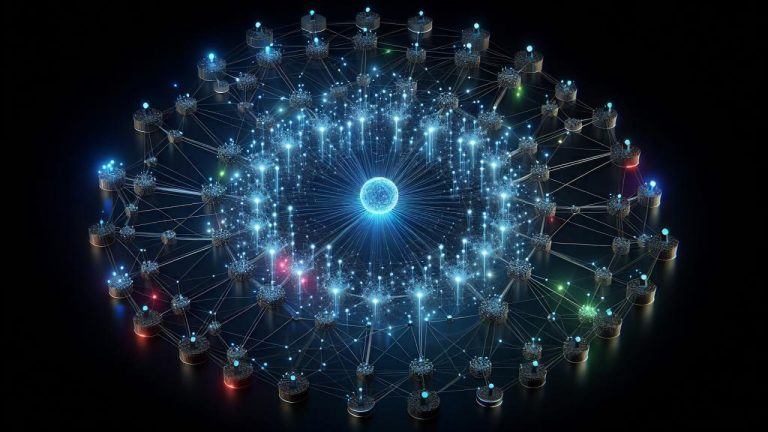

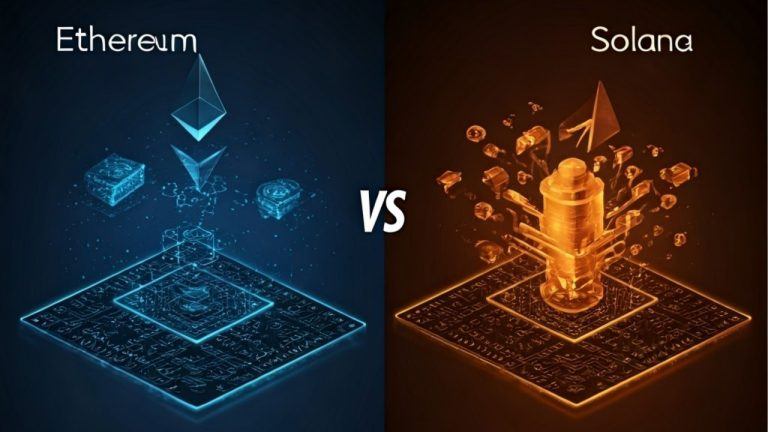
Comments